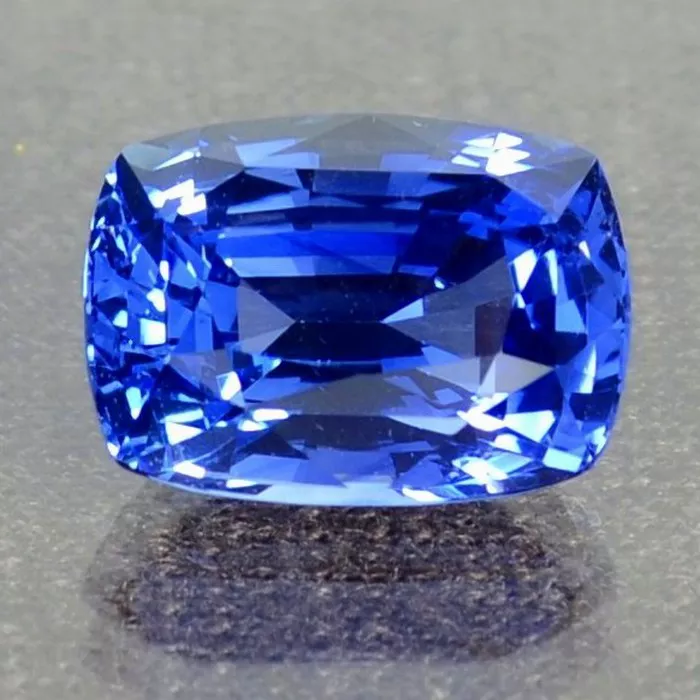White sapphires, with their brilliant sparkle and elegant appearance, have gained popularity as an alternative to diamonds. Their mesmerizing beauty and affordability make them a sought-after gemstone for various jewelry pieces. If you’re considering purchasing a white sapphire or simply curious about its value, understanding the factors that contribute to its worth is essential. In this comprehensive guide, we will explore the intricacies of valuing white sapphires, including color, clarity, cut quality, carat weight, and market trends.
Understanding White Sapphires:
White sapphires are a colorless variety of corundum, which is the same mineral family as rubies and blue sapphires. Unlike diamonds, which are prized for their colorlessness, white sapphires are valued for their transparency and brilliance. These gems possess excellent hardness, making them durable and suitable for everyday wear. While white sapphires lack the vibrant hues of colored sapphires, they exude a timeless elegance that appeals to many jewelry enthusiasts.
Factors Influencing White Sapphire Value:
Color:
In the case of white sapphires, the absence of color is highly valued. The closer a white sapphire’s color approaches pure white without any hints of yellow or gray, the more valuable it becomes. Pure white sapphires are often referred to as “colorless.” It’s important to note that some white sapphires may display a slight milky or icy appearance, which can enhance their charm. However, overly cloudy or hazy stones with visible inclusions may detract from their value.
Clarity:
Clarity refers to the absence of internal characteristics, known as inclusions, within the gemstone. White sapphires with excellent transparency and minimal visible inclusions are highly valued. While flawless white sapphires are rare, those with minimal inclusions that do not affect their overall beauty and brilliance are still considered desirable. It’s important to strike a balance between clarity and price when evaluating white sapphires.
Cut:
The cut of a white sapphire plays a crucial role in maximizing its brilliance and sparkle. Well-cut white sapphires reflect light in an optimal manner, creating a dazzling display. Traditional cuts like round, oval, and cushion shapes are popular choices for white sapphires, as they maximize the gem’s brilliance. Precision cuts and faceting techniques are essential to ensuring the gem’s beauty and value.
Carat Weight:
Carat weight measures the size of a gemstone. Larger white sapphires are generally more valuable due to their rarity. However, it’s important to consider that other factors, such as color, clarity, and cut quality, also influence the price per carat. When purchasing a white sapphire, finding the right balance between size and quality is crucial.
White Sapphire Price Range:
The price range for white sapphires can vary significantly depending on their quality and characteristics. Small, lower-quality white sapphires can be found at relatively affordable prices, starting from a few hundred dollars. As the color approaches pure white, the clarity improves, and the cut becomes more precise, the prices increase accordingly.
High-quality white sapphires with excellent colorlessness, exceptional clarity, precision cuts, and larger carat weights can range from several hundred to several thousand dollars per carat. The rarity and desirability of these premium white sapphires contribute to their higher value in the market.
Market Trends and Considerations:
The value of white sapphires is influenced by market trends, consumer preferences, and economic factors. Fluctuations in supply and demand, changes in fashion trends, and market conditions can impact prices. It’s important to stay informed about current market trends and work with reputable jewelers who provide proper certifications and disclose any treatments that may have been applied to the gemstones.
It’s worth noting that white sapphires are sometimes heat-treated to improve their clarity or whiteness. This treatment is generally accepted in the industry and does not affect the gemstone’s value significantly. However, it’s essential to ensure transparency and obtain information regarding any treatments when purchasing a white sapphire.
Conclusion:
White sapphires offer an alluring alternative to diamonds, showcasing brilliance, transparency, and affordability. When determining the worth of a white sapphire, factors such as color, clarity, cut quality, carat weight, and market trends come into play. The absence of color is highly valued, while excellent clarity and precision cuts enhance the gem’s overall beauty. Larger white sapphires tend to be rarer and command higher prices. Market trends and economic factors also influence the value of white sapphires.


